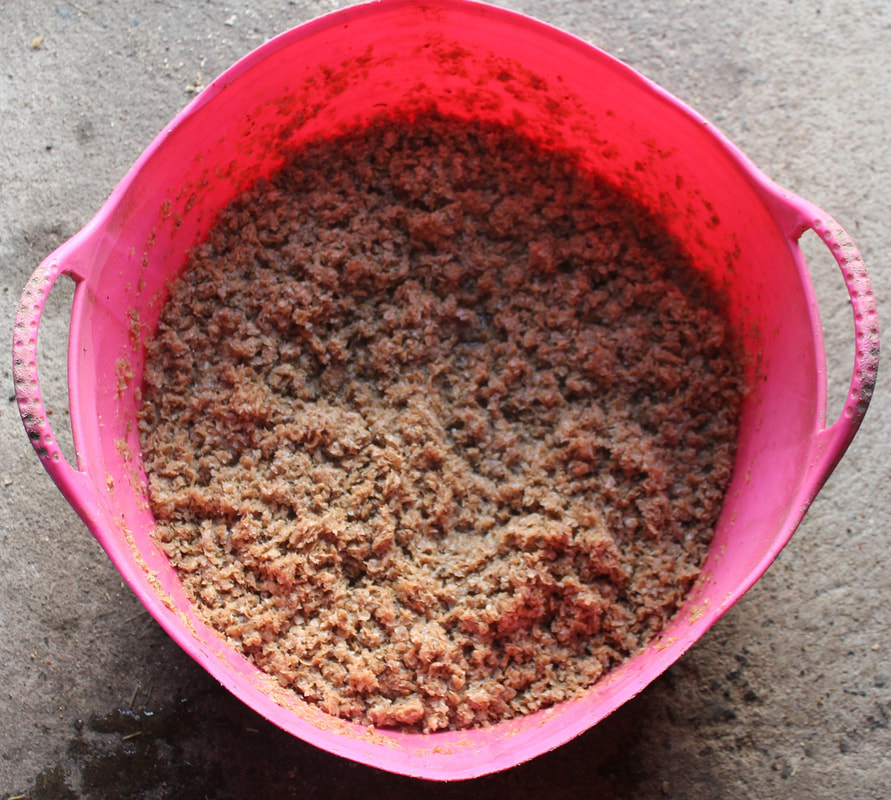| Q. My horse won't eat his low sugar/starch feed. The first thing to remember is not to make sudden changes to the diet. Unless a horse has acute laminitis and must have a very low sugar/starch diet immediately, aim to slowly reduce the feed/s you are changing from and gradually introduce the low sugar/starch feeds you are changing to. This is important to prevent gut upset, but also, like us, horses are likely to adapt to a reduction in sweetness in their diet if the reduction is gradual. For the horse with acute laminitis, do remove any high sugar/starch feed from his diet immediately, then slowly introduce low sugar/starch feeds. Offer feeds by hand or individually in a bucket as a "taste test" for your horse - find out what he likes and doesn't like. |
dry or fresh herbs e.g. mint, fenugreek
fruit and herb teas
grated carrot or apple
crushed sugar free mints/polos
crushed strong smelling horse treats
Here are some suggestions for getting a horse to eat a mineral supplement:
- Start by giving a very small amount in a large amount of carrier (unmolassed chaff/sugar beet), and if that is accepted, gradually increase it up to the recommended amount - a small amount of minerals is better than nothing.
- Mix the minerals into dry feed before wetting it, to make sure they are well distributed and don't form clumps of yucky tasting minerals when you dampen the feed.
- Try mixing the minerals into something else first, such as linseed or salt, before adding to the feed.
- Try adding a bit of strong flavouring, such as peppermint. Or try using a bit of Stevia - as far as we have been able to check, a small amount of Stevia should be safe for EMS horses.
- Try top dressing the bucket with something that the horse will eat - when horses turn up their noses at their minerals, we mix the minerals well into the feeds, then sprinkle a bit more HiFi molasses free on top of the feed before giving it, the smell of this seems to help disguise the minerals.
- If your horse really won't eat from a bucket, try sprinkling the minerals onto damp hay, ideally mixed with the daily salt.


 RSS Feed
RSS Feed